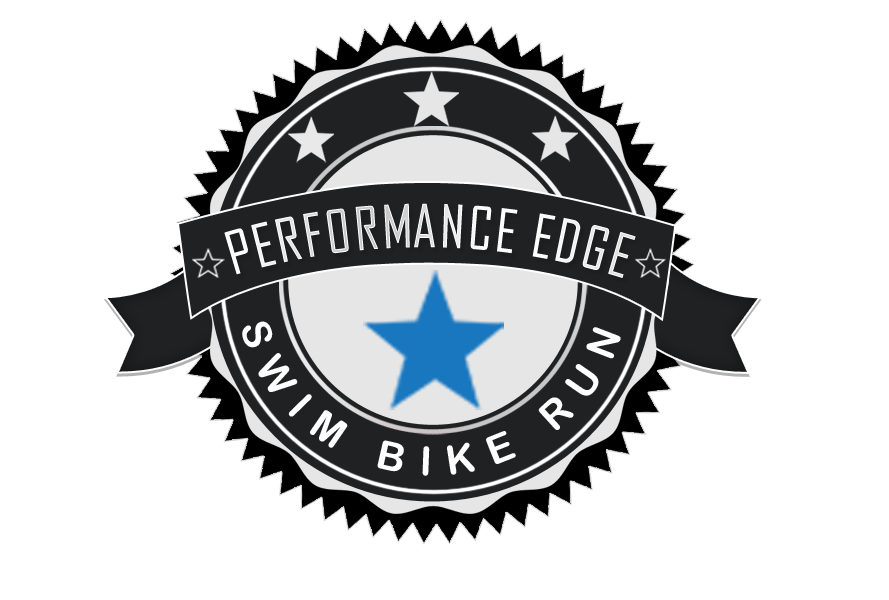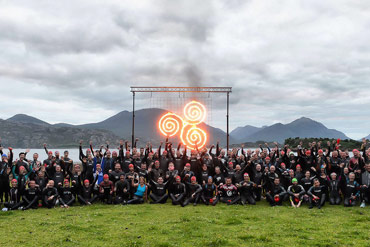Advice from Performance Edge athlete, Becky who raced the 2022 PATAGONMAN XTRI
Getting there and pre-race:
1. Arrive in the area around a week before the race! It takes about 26hrs to get there from the UK and the last leg is an internal flight on a smallish plane to the tiny airport of Balmaceda. You need to allow at least 3 hours for transfer at Santiago (it’s not a quick airport!). Most of the people who arrived from Wednesday onwards had issues with missing luggage and bikes. In some cases, it ruined their race. Adding a GPS tracker, such as an Apple Airtag, to your bikebox and luggage can save a lot of time and stress as you will know quickly if it has made the flight or not.
2. Save yourself a lot of hassle and buy CO2 canisters in Coyhaique or Puerto Aysen and dispose of them before you fly home. While you can fly with CO2 canisters, for each internal flight you need to get a form filled in for the canisters, which will mean opening up the bike box repeatedly to show the check in staff and then the oversized baggage staff. The check in staff at Balmaceda seem unable to do this form.
3. Book hire car early. It’s a small place and cars sell out quickly, you need at least an SUV for ground clearance but it doesn’t need to be a 4x4.
4. Do a reccie of the entire bike course (not just the first 72miles to the airport junction). There are not many roads in the area and the bike route is on pretty much the only tarmac one. This means road works are dynamic – expect at least a mile of gravel sections, some large potholes and some large cracks. We had 4 gravel sections, one of which was in the middle of a descent.
5. Acclimatise to water temp in open water. Best place is at Bahia Acantilada a few miles outside of Puerto Aysen. You can’t swim at T1 as it’s a working ferry port.
6. Drive the last section of the run course from 30km to finish. This section seems endless and even once you hit the tarmac you can see the finish line but it’s still over a mile away. Having driven it made things much easier mentally. Also note that the run course is 27.5miles long and not 26.2 miles.
7. Practice bike handling skills in training. This is not only to handle the nasty gravel sections but also Patagonia is known for its strong gusty winds – we had 50mph gusts which made it very hard to keep on the bike – even when going uphill! No matter the wind direction you will get sections of cross winds.
8. Do some mountain walks as part of your run training. The hills come thick and fast in the first part of the course and they are very steep and gravelly. No one runs up them but the faster you can walk up them the better.
9. Try to learn some Spanish before you go. The Chilean people are lovely and very friendly but Patagonia is very remote and not everyone speaks English. Being able to speak even a bit of Spanish really helps interactions with locals and facilitate travels.
The race:
1. Head upstairs to the lounge as soon as you get on the ferry. Race morning was really cold and 95% of the competitors spent nearly 90mins outside in 2deg C, huddled in stairwells and the engine room trying and failing to keep warm. The more sensible few of us headed upstairs to the heated lounge, sat in comfy reclining chairs and had some football on the TV to distract us!
2. Take all the thermal swim gear you can and have a flask of hot chocolate. Air temp was 6deg when we got on the bike. Don’t want to be starting cold from the swim. The hot chocolate was great for both T1 but also trying to warm up again in T2
3. Brief your support well about what you need them to do. Supports really want to help you but if not careful they can actually get in the way in transitions and slow you down. In T2 mine actually took off a fresh clean dry sock and tried to give me the wet one I had just taken off! If your support isn’t a triathlete, also show them how to hold the water bottles out by the base so it’s easy for you to grab on the bike without stopping.
4. Be prepared for a lot of traffic on the first 15miles of the bike. This is nearly all support vehicles on course trying to catch up to their competitors and it’s hard for the support to catch up to you in this first section – especially as the first 35miles are very fast. In addition to your agreed support stops, have your support wait 10mins you after you have passed each gravel section to make sure you haven’t punctured.
5. Prepare for the worst and hope for the best with kit. We had highs of 12degs on race day with lots of rain and strong winds, winter and wet weather cycling and running gear was needed – however a few days before it was 25degs and we got sunburnt so warm weather gear also required! The last climb on the bike up to the highest point is in a stunning valley with glaciers coming down to the road but it is also 7deg colder up there than the rest of the course.
6. Hydration vest and trail shoes are a must for the run. There are only 3 aid stations on the run course and they were not at the regular 10km intervals as indicated in the race briefing (more like 12km,17km and just over 30km). Be as self-sufficient as you can. Take a spare pair of socks as there is a muddy river crossing 5 miles into the run. You don’t want to be running the next 22miles with wet muddy feet. Alternatively, you can reccie the first part of the run course and you might find a handy log or two further down the river where you can cross and keep your feet dry. You will be running for 21miles on gravel roads – I learnt the hard way that your feet and ankles become incredibly painful in road shoes.
7. Take your phone on the run and take photos. The entire course is absolutely stunning and very remote.
8. Enjoy ringing that bell. Finally reaching the finish line was amazing and savour ringing that bell. If you are there early enough the entire town comes out to watch and support. But most had gone home by the time I finished!
Post-race:
You have travelled a long way to get there so spend a bit of time post-race to see the region. Our favourite places were:
· The drive north on Ruta 7 to Queulat
· The condor sighting trip from Coyhaique is amazing if you like wildlife
· Head down to Rio Tranquillo and do the San Rafael Laguna Glacier tour and kayak to the Marble Caves. Note the road down to Rio Tranquillo past Villa Cerro Castillo is an experience and takes a lot longer than you think!



















